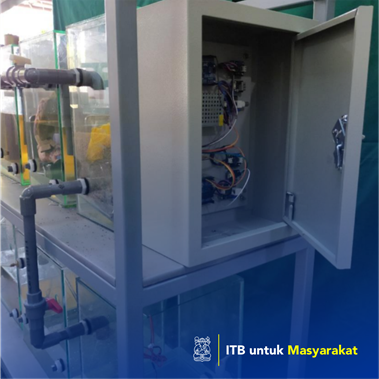

Estiyanti Ekawati
Batik production continues to increase, especially since the world's recognized batik as a cultural heritage Indonesia is in the form of upscale clothing with diversity of patterns and its uniqueness. This certainly has a positive impact on the development of the Indonesian economy, especially in the clothing field. The problem arose when an increase in batik production was not followed by batik waste treatment that was not in accordance with the quality standard of waste set by KEP51 / MENLH / 10/1995 and caused river environmental pollution. River environmental pollution due to batik waste is also one of the important problems currently being faced by the community and the Pekalongan government known as Batik City. For this reason, the Batik Museum is very desirable to have facilities for the analysis of batik waste processing to the community. Since being inaugurated in 2006, the number of visitors to the Pekalongan Batik Museum continued to increase by around 2000 people every month even in 2018 reaching 25,000 people from various circles such as kindergarten, elementary, junior high, high school and general categories both from local or foreign. The Pekalongan Museum actually has waste but inadequate processing facilities. Through this PKM ITB program, the museum hopes for improvement assistance and increase in IPLIB technology (batik wastewater treatment installations), so it can be used as a learning medium for visitors to the Batik Museum.
Application of appropriate technology, the application of writing
Batik production continues to increase, especially since the world's recognized batik as a cultural heritage Indonesia is in the form of upscale clothing with diversity of patterns and its uniqueness. This is certainly Have a positive impact on the development of the Indonesian economy, especially in the clothing field. The problem arose when an increase in batik production was not followed by batik waste treatment that was not in accordance with the quality standard of waste set by KEP51 / MENLH / 10/1995 and caused river environmental pollution.